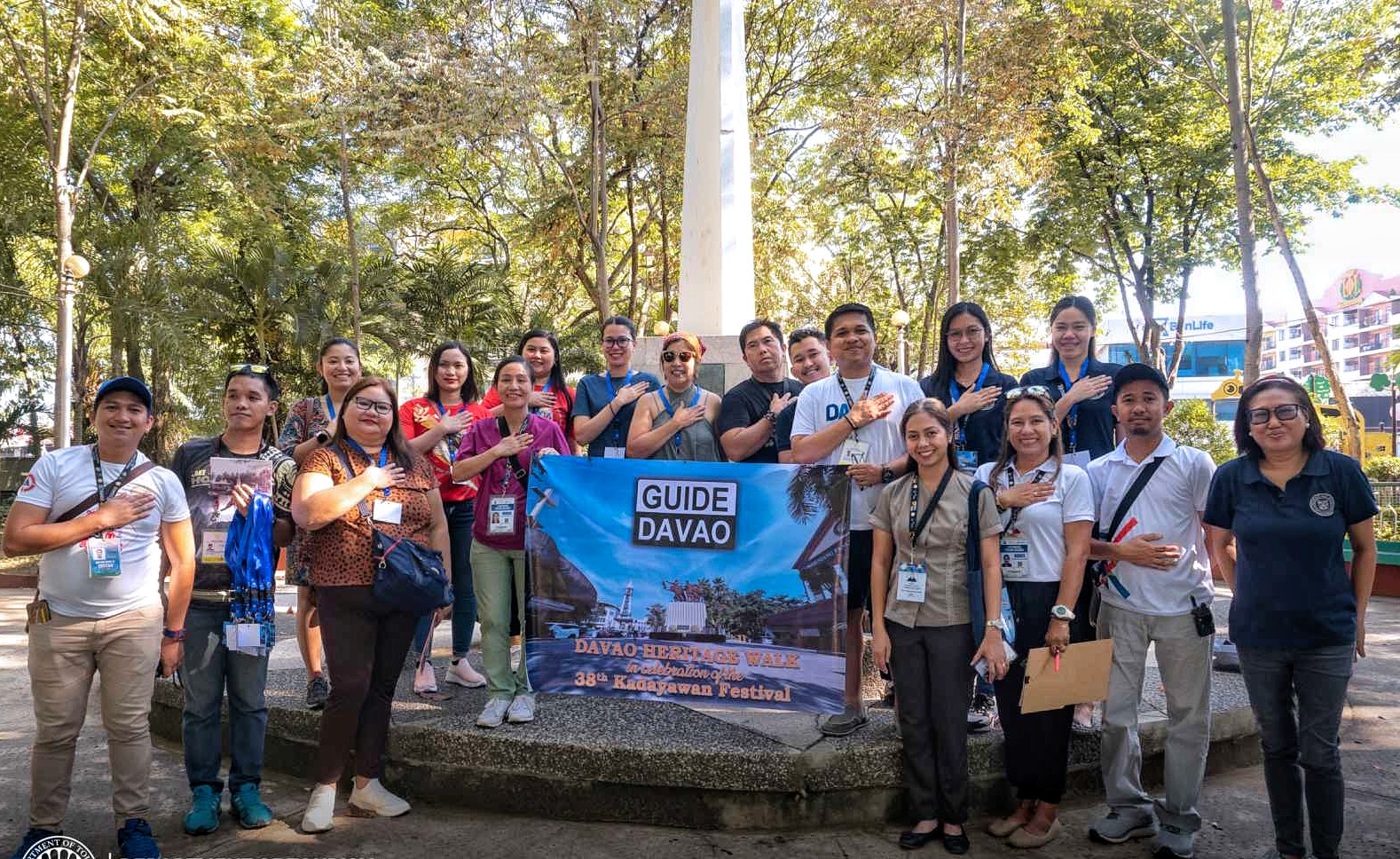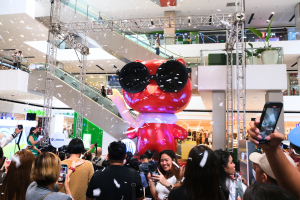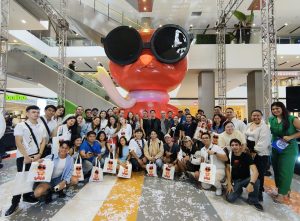NOT SO many young Dabawenyos know about Davao City’s colorful past, no thanks to most history books we have in schools that have always been Luzon-centric. Thankfully, we have seen lately quite a number of movements that aim to reignite interest in local history, such as the inclusion of history in the city’s annual Araw ng Dabaw, the active revival of the Davao Historical Society, publication of local history books, and the like.
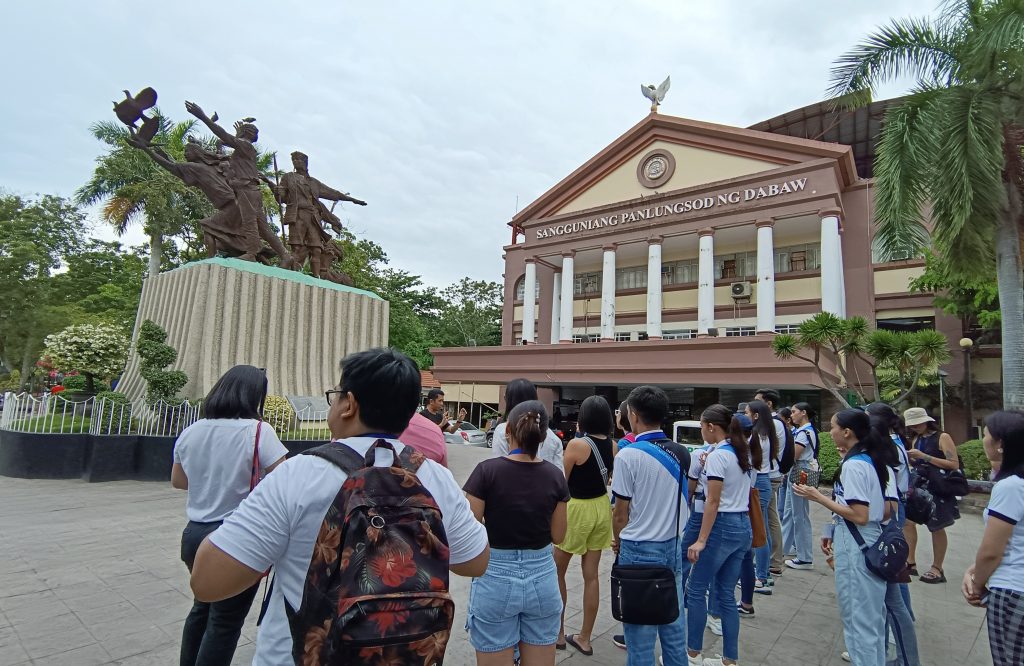
One group of Dabawenyos that has contributed to this campaign in re-learning Davao history is Guide Davao, an organization of trained, Department of Tourism-accredited tourist guides.
“Aside from taking our visitors to our attractions, we also want to offer a unique opportunity to dive deep into Davao’s past, explore historical landmarks, and understand the journey of our people,” said Guide Davao president Milber Cantiberos.
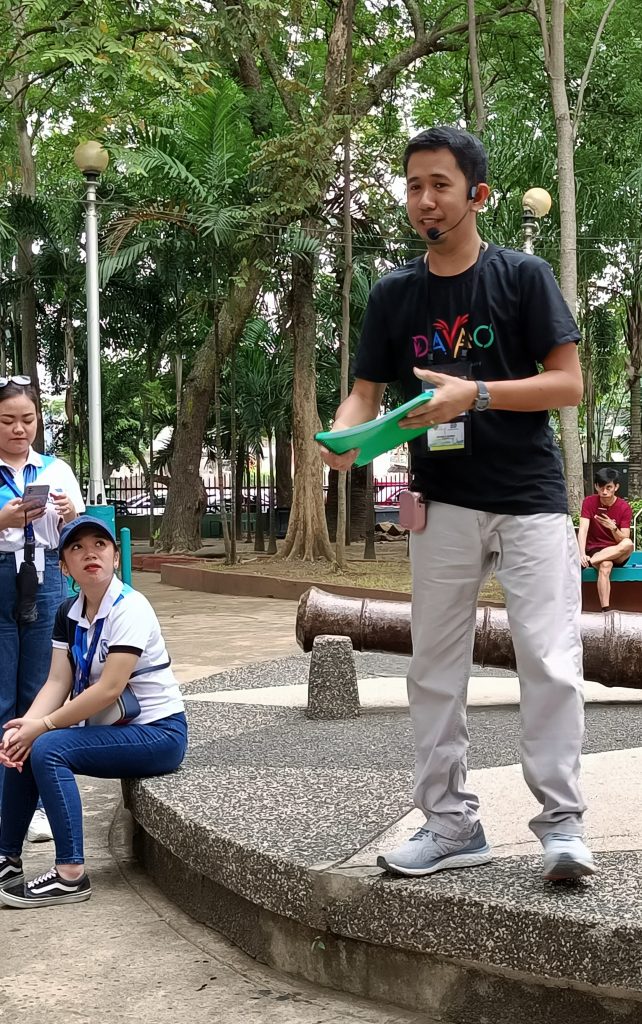
Cantiberos, along with his organization’s new set of officers, have always believed that “heritage tours have long been a cornerstone of a place’s identity” but have taken a backseat, especially in Davao City.
“It’s high time now we bring them back to the forefront,” he said.
Apart from integrating historic dates into their tour guiding spiels, they have also created a walking tour around downtown Davao that gives visitors a sneak peek into its past.
Sites include Osmena Park, which is adjacent to the site of Davao’s early settlement; the historic 176-year-old San Pedro Cathedral (which has gone through reconstruction over the years); the Commemorative Monument for Peace and Unity, unveiled during the country’s centennial celebration; City Hall, originally built in 1926, when Davao was the political center of the then undivided Davao Province; among others.
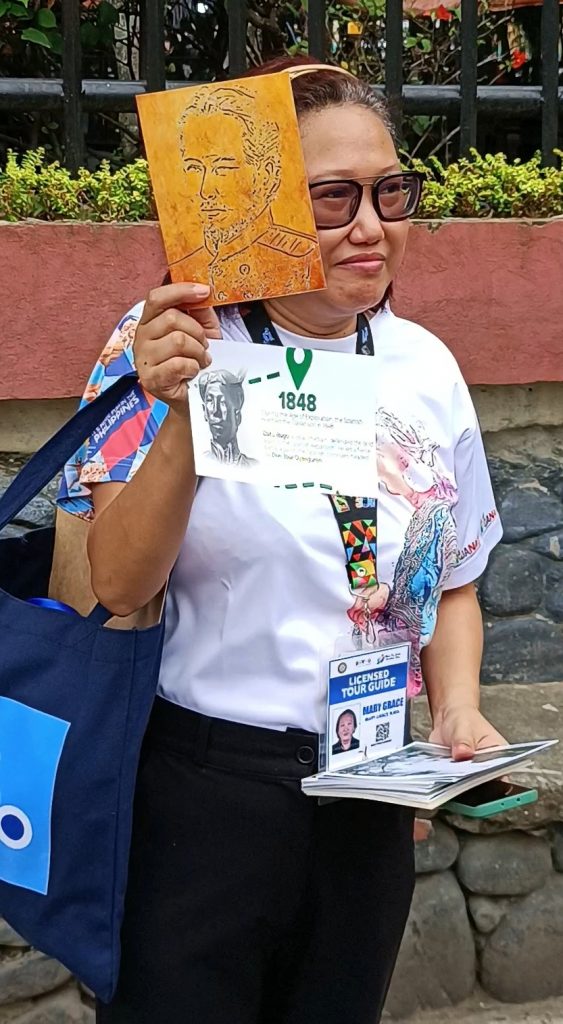
Guide Davao even gave a free two-day heritage tour in last year’s Kadayawan Festival as a way to celebrate history. Tourists, students, filmmakers, and tourism stakeholders participated in the blockbuster activity.
“Reintroducing these tours will surely boost local tourism as this provides a unique experience to our visitors and an opportunity to showcase our history,” shared 19-year-old tourism student Angelito Caalim.
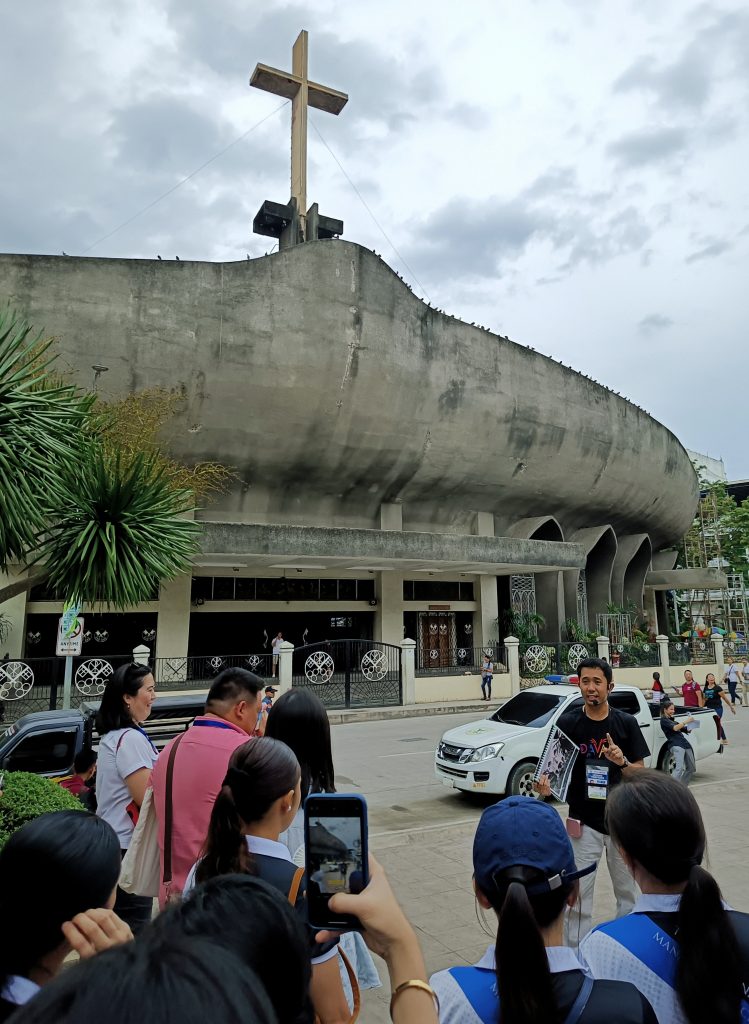
Indeed, the return of Davao’s heritage tours is a win-win for both the city’s preservation efforts and its endeavors in attracting more tourists. It is a significant step towards celebrating the city’s past, enriching its present, and shaping its future – – one tour at a time.

